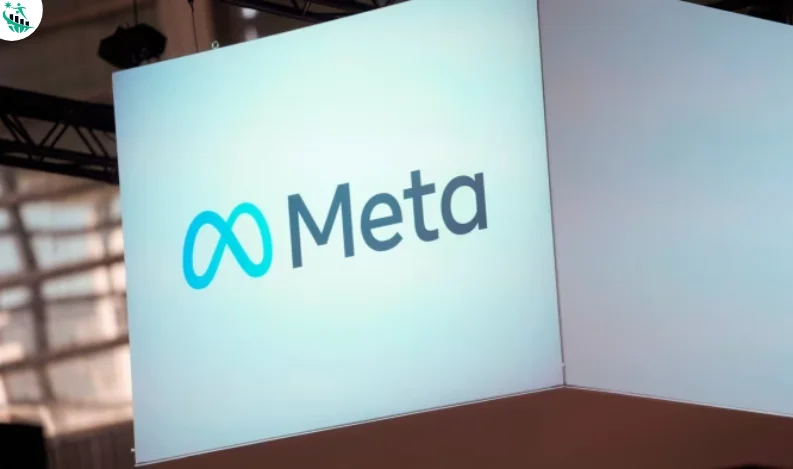
Meta Faces Advertising Setback as Chinese Retailers Slash Spending Amid U.S. Trade Crackdown
In a notable shift within the global digital advertising landscape, Meta Platforms Inc. confirmed Wednesday that Chinese e-commerce retailers have significantly reduced their ad spend on Facebook and Instagram. The drop comes amid escalating trade tensions following President Donald Trump's decision to end the de minimis trade exemption for Chinese imports—a policy that previously benefited major online players like Temu and Shein.
Meta Warns of Revenue Dip from Asia-Pacific
During Meta’s first-quarter earnings call, Chief Financial Officer Susan Li revealed that “Asia-based e-commerce exporters” have noticeably scaled back their advertising budgets with the platform. Although some of this spend has been redirected to other regions, the overall contribution from Chinese advertisers has dropped below April's levels, Li noted.
“A portion of that spend has been redirected to other markets, but overall spend for those advertisers is below the levels prior to April,” said Li.
This downturn is linked closely to the impending closure of the de minimis loophole, which previously allowed imports valued under $800 to bypass customs duties. The executive order, signed by Trump earlier this month, will officially take effect this Friday, sending ripples through the digital marketing strategies of Chinese exporters heavily reliant on U.S. consumers.
Meta’s $18 Billion China Business Feels the Pressure
Analysts believe that Temu and Shein—two dominant players in the Chinese e-commerce ecosystem—comprise the bulk of Meta’s $18.35 billion in China-related advertising revenue reported for 2024. The pullback is already reflecting in Meta’s performance metrics for the Asia-Pacific region.
In Q1 2025, Meta’s advertising revenue from Asia-Pacific hit $8.22 billion, falling short of Wall Street’s expected $8.42 billion.
“It’s very early, hard to know how things will play out over the quarter, and certainly harder to know that for the rest of the year,” Li added.
Trade Tariffs and Tech Investments Reshape Meta’s Outlook
The situation echoes similar warnings issued by Alphabet (Google) and Snap Inc., both of which cited ad revenue headwinds from Asia during their recent earnings reports. Meanwhile, Meta's Reality Labs division, responsible for its virtual and augmented reality offerings, has not been spared.
Impacted by the broader trade policy changes, including Trump’s 145% tariffs on Chinese goods, Reality Labs posted a $4.2 billion operating loss in Q1 while generating just $412 million in sales.
Despite the mounting challenges, Meta has revised its capital expenditure guidance upward, now forecasting between $64 billion to $72 billion for 2025—an increase from the previous range of $60 billion to $65 billion. The additional funds are intended to bolster data center infrastructure and AI capabilities.
“This updated outlook reflects additional data center investments to support our artificial intelligence efforts as well as an increase in the expected cost of infrastructure hardware,” said Meta in its earnings statement.
Li attributed these cost increases to global supply chain complexities, stating that the rise stems from supplier dependencies across multiple countries, particularly in sourcing infrastructure components.
Meta’s Supply Chain Strategy in Flux
With international trade talks in flux and import tariffs triggering downstream effects, Meta has begun restructuring its supply chain in anticipation of further disruptions.
“There’s just a lot of uncertainty around this, given the ongoing trade discussions,” Li emphasized. “We’re adjusting accordingly.”
Looking Ahead
Meta projected its second-quarter revenue between $42.5 billion and $45.5 billion, largely aligning with analyst expectations pegged at $44.03 billion. However, the shadow of global trade tensions, combined with escalating infrastructure and operating costs, poses potential volatility for the rest of 2025.
As Meta, Google, and Snap all brace for a softer advertising market in Asia, investors and analysts alike are closely watching how platform strategies evolve in response to shifting geopolitical and economic dynamics.



Recent Comments: